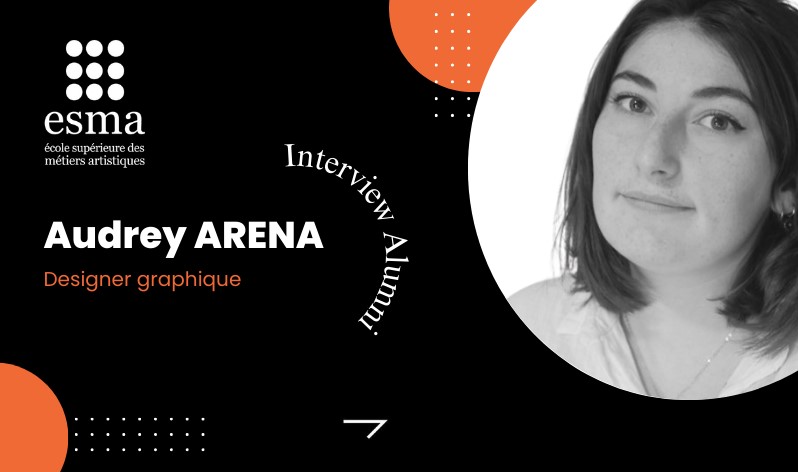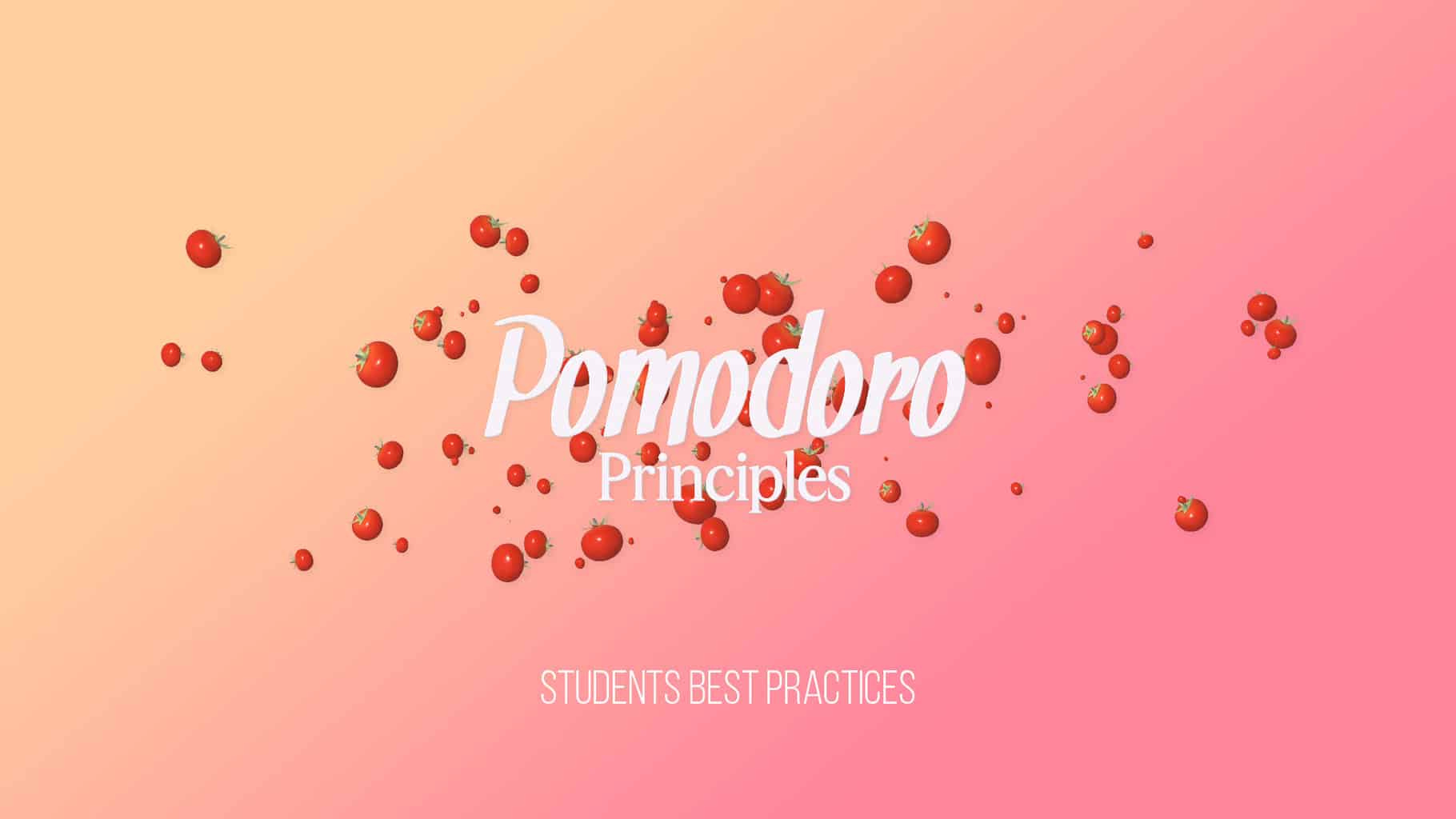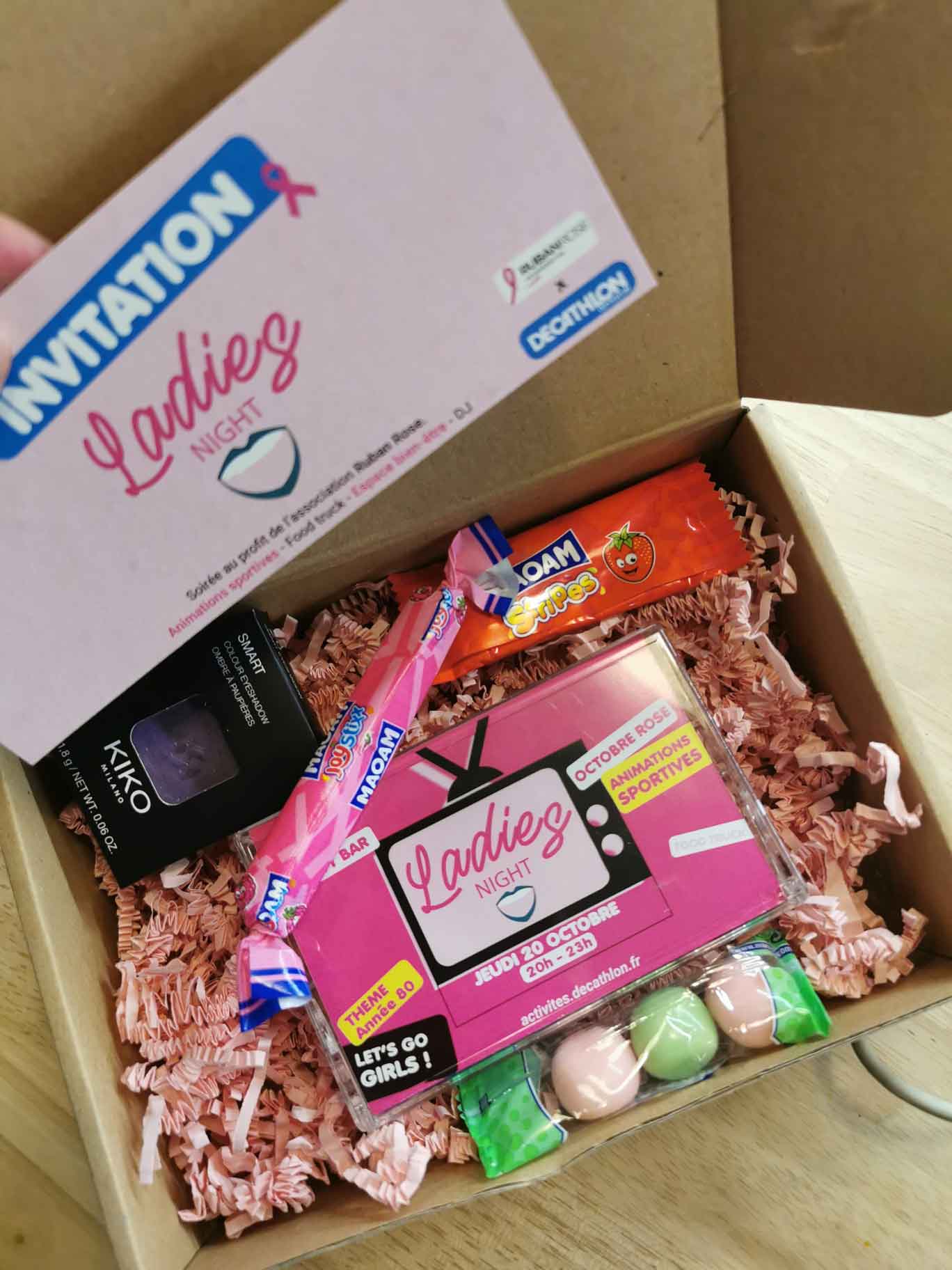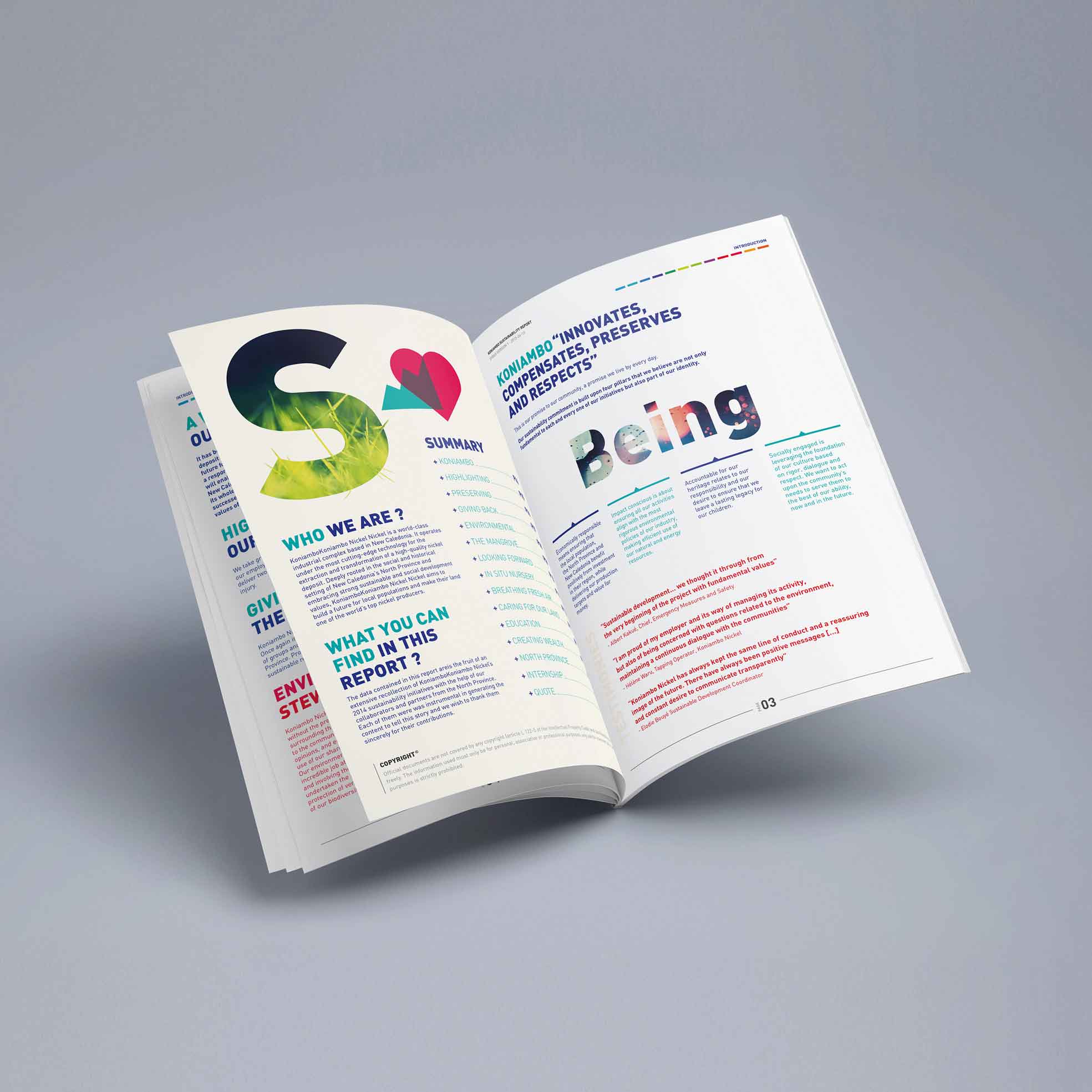
-
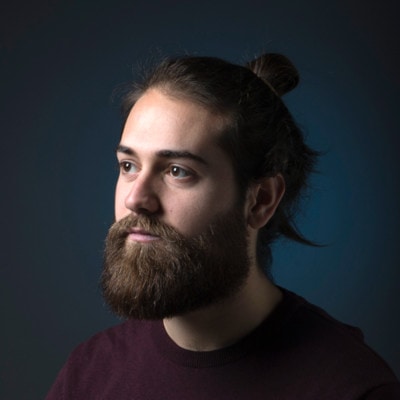
- Promotion 2018
- Training Graphic Design
- currently works at Freelance
- position Motion Graphic Designer
Inhabited by drawing since his earliest childhood, Jérémy Rouch began by learning on his own before taking his expertise further through training courses. That's how he ended up enrolling on the Mastère Motion Graphics Design course, which enabled him to combine his passion for video and graphic design.
What drew you to the world of graphic design?
I think my interest in creative activities goes back to childhood. I loved drawing and I was interested in the visuals present in the world of music and basketball imagery. For example, I have a vivid memory of reproducing the samurai on the cover of IAM’sÉcole du Micro D’Argent album. But also the booklet with the Asian calligraphy. It’s interesting to note that, some twenty years later, this curiosity led me to work on Saro ‘s video clip for Tokyo Gift, integrating Japanese kanji into the graphic animation.
What’s more, at the age of 13 I started making music. I managed my own communication and visuals. So I taught myself graphic design and photomontage. I didn’t realise until later on (after my A-levels) that there were training courses for these professions. As soon as I found out, it seemed obvious to me that I should go into a creative profession. Even then I was attracted to video because I wasn’t sure whether to go to film school or graphics school. What I didn’t know at the time was that the format I was interested in was called motion design..
Why did you choose to do the Master’s in motion graphics design and ESMA?
Even before I started my graphic design training, I knew that I wanted to learn how to do ‘motion graphics’. I later found out that it was motion design. Workshops, and more specifically a kinetic typography project, confirmed my desire to specialise in this discipline.
There are three reasons why I chose the school. The first is simple: ESMA was one of the first to offer a motion course. In 2015, I visited the new premises of the school, which was preparing to open this course. At the time, I was studying in Nantes but doing my graphic design internship in Toulouse. Secondly, I was aware of the reputation of ETPA(editor’s note: another school belonging to the network of creative schools to which ESMA also belongs) and the quality of the photographic work. I thought it would be really interesting to be able to meet and cross-fertilise our disciplines. And above all, to have speakers who come from photography and animated film, as well as graphic design. Lastly, I’m originally from the South of France and I wanted to come back here!
What have you gained from the course?
I’d say that it enabled me to deepen my knowledge of the pre-production phase. The ideas, the different concepts and above all the artistic direction. Secondly, it enabled me to structure the various stages in the production of a motion design project (storyboarding, animatics, production, etc.). Finally, it allowed me to discover and experiment with the different techniques specific to motion (traditional animation, VFX, stop-motion, 3D, etc.).
Was there a subject you particularly liked?
I really liked the way our three main subjects came together to form a single course. The first focused on artistic direction and the history of the image; the second on the specific technique of motion with the use of After Effects software; and finally the third, which was the one that supervised the others: production. Having all the tools to put together a meaningful audiovisual project.
Did you have a clear idea of what you wanted to do when you left the course? What did you want to do?
To get a better answer, I’d like to turn the question the other way round: I had an idea of what I wanted to do and learn when I started the course. I’m attracted to motion design associated with the world of music, such as the production of music videos or video-graphic-stage design. That’s why I’m interested in mapping and vjing. The second is the Arte-style animated documentary format. I find it really interesting to be able to synthesise information and feed myself intellectually by working on this kind of project. Learning things and passing them on.
When I left the course, my first desire was to travel. I also wanted to continue training in motion, particularly technically. To feel more comfortable (and legitimate) collaborating on big projects. I went to live and travel in Italy for a few months, taking lots of photos and videos. Today, I’m still travelling regularly and working on the move. I’m trying to put in place what’s known as the ‘digital nomad’ lifestyle associated with ‘slow travel’. I’ve always taken the time to keep learning and experimenting.
When you left university, you went freelance. Why did you make this choice and what does it bring you?
I started freelancing about a year after my studies. After a period of travel and experimentation. I also took the opportunity to learn about the ins and outs of being independent. It allows me to be free and independent in my choice of projects and my way of working.
You work on two levels of graphic design: graphic designer and motion designer. Why not specialise in just one?
Personally, I don’t make any real distinction between the two. Motion design is the contraction of motion graphic design, i.e. graphic design in animated movement.
I love the word ‘animated’, which comes from the Latin ‘animare’ meaning ‘to bring to life’. I love bringing graphics or illustrations to life – setting them in motion. What’s more, as my basic training is as a graphic designer, for me motion is simply an extension. And as I generally work on projects that I produce from A to Z, I manage the graphics and illustration or video (filming) part.
What do the two bring you?
It allows me to work on all the different stages of a motion (graphic) design project, from art direction through production to animation. It allows me to vary the projects, to be multidisciplinary and complementary. All in all, I’m never bored! But I’m finding that I’m increasingly comfortable with coming up with concepts and thinking about the artistic direction of projects. And being (re)called for this ability to come up with ideas.
I think that over time I’ll move away from the production stage and surround myself with the right people for that (illustrators, 3D designers, animators etc.) so that I can concentrate solely on the artistic direction. That’s what interests me most. Although I also love creating and experimenting with new visual techniques.
What type of clients and projects do you work on?
I work a lot in the music industry. I respond to the needs of artists and the structures that produce them. I’ve also had shorter assignments with production companies who contacted me via Malt, for example. I also worked for a few months in an audiovisual agency where the projects were more for local authorities or institutions. In graphic design, I also designed the layout of a poetry collection and created a few logos. I’ve made two documentaries and I’d like to find clients in this field. And, of course, I’d like to continue working in the world of music, particularly in artistic direction for artists.
How do you approach a project?
I like to take it step by step: to get the best possible idea of the requirements, the objectives, the constraints… I make proposals and take the time to argue for my choices. Words and communication are very important to me. I think this establishes a climate of trust and shows an interest in the project I’m being asked to work on. It avoids unpleasant surprises, both for the customer and for me. That way you can be sure you’re going in the right direction and that you’ve validated each key stage before moving on to the next. When you’re working on a project, you can’t go backwards… I think that working in this way allows you to work in a pleasant environment, with a good creative and relational dynamic. I’ve also been lucky enough to have projects assigned to me as a result of personal projects I’ve carried out or by coming up with ideas.
Is there a Jérémy Rouch signature?
I’d say there are four specific things that define me.
My interest in colour. I like to work with a limited palette of colours. A bit like a painter, I spend hours finding the right colour combinations. I’ve always enjoyed working in two- or three-colour process (with slight nuances). I think it’s one of the things that defines me and over time I think the colours I use will make my style more and more distinctive.
The second is typography. I attach great importance to the choice of fonts. What are the font families and their connotations? I think that if you’re a graphic designer, it’s essential to know this so you can make the right choices. I’ve also always been interested in calligraphy, whether Asian or Arabic.
The third is the rotoscoping technique that I developed on my own by hijacking a tool in After Effects to achieve a result that I’m – a priori – the only one to have done in this way. I’ve developed this technique over the months of the last two years and I’d love to make clips (or other projects) using this concept.
Finally, line drawing and illustration for a minimalist dimension. It’s a style of graphic design that I really like and that I’d like to use and develop in new projects. (See the Wes Anderson video below).
After that, I think it will be over time that my style and my uniqueness will be recognised!
Can you tell us about the Wes Anderson documentary project? Why did you do it, how did you think about it and work on it, and what are your goals for the future with this production?
Originally, the Wes Anderson project was our second major student project at ESMA. The idea was to make a web series presenting the great contemporary directors. The difficulty was that we didn’t have a voice-over or a script, so we had to tell the story of the director’s life through anecdotes. While researching the director (interviews, documentaries, etc.) I came up with the idea of cutting passages to tell his story. I used the sampling technique that comes from the world of hip-hop music. This gave me a narrative framework, a common thread and a singular, even unique, audio concept. At the moment, I can’t think of any similar projects.
As for the images, I relied on an illustration technique that I knew well, namely line drawing. It made sense in terms of the world of Wes Anderson, who himself uses drawn diagrams in his films. Or in reference to illustration or animation, which are present in his films. This artistic direction is the same one I developed in 2018. There are drawings and passages of animation that are similar to my student version four years ago. When I started making this documentary, Isle of Dogs had not yet been released.
I managed to get contracts, and even to be recruited, just with the first versions of this project. I’d like to use it as a calling card to showcase one of my illustration styles. But also my interest in music and sound design. At the same time, I’ve been working with Loma Studio for over two years and they’ve produced a superb musical composition in the spirit of Wes Anderson. It’s been a real pleasure and support to bring this work to fruition and a real pleasure to do the sound arrangements with them.
For this project, there are two extremely important and interdependent dimensions: image and sound.
Video and image credits: Jérémy Rouch / Saro
